Monday seemed like a turning point for “moving in.” I finally have a carpet and Christmas type lights that make my room feel more homey, and I did my first load of laundry! Additionally my drafting board arrived so I can start working on drawings and diagrams.
On Tuesday I caved in to my floormates’ invitations to go on a run with them. I told them not to wait for me since they have been going on runs roughly twice a week for who knows how long and, well, I have not. They were very nice and ignored my pleas not to wait for me and didn’t let me get too far behind. We ran to the Olympic Park, where the 1972 Summer Olympics were held. From the top of the hill we got an amazing view of the city and the Alps beyond! I also played darts with some floormates and learned that subtracting large numbers mentally in German is a little bit overwhelming.
Wednesday was uneventful, but I broke up my work by streaming Ash Wednesday Mass and snacking on Krapfen, traditional Bavarian seasonal donuts, with my floormates.
Thursday proved to be exciting as I went on a walk with Alyssa, another Fulbright student researcher based in Munich. We walked through Westpark, a quaint park neither of us had visited before, and got french fries and Glühwein, the German name for mulled wine, from a cute little cafe on the pond. Next we visited Theresienwiese, where Oktoberfest is held. The Bavaria Statue overlooks the fairgrounds, and the Ruhmeshalle, or the (Bavarian) Hall of Fame, stands behind her. In a pandemic-less world, you can climb to the top of the statue to get a stunning overview of the city.
I capitalized on the beautiful weather this weekend by taking long walks. On Saturday I went back to the Olympiapark so that I could explore more and take some pictures of the beautiful views, while on Sunday I visited the park and gardens of Schloss Nymphenburg, or the Nymphenburg Palace. Naturally, the interiors are closed but the stunning surroundings are open. I was especially eager to see the Amalienberg, which is a hunting lodge on the Palace Grounds. This little pink structure is the pinnacle example of the delicate and heavily ornamented Rococo style.
I capped off the week by ordering pizza with a bunch of my floormates!
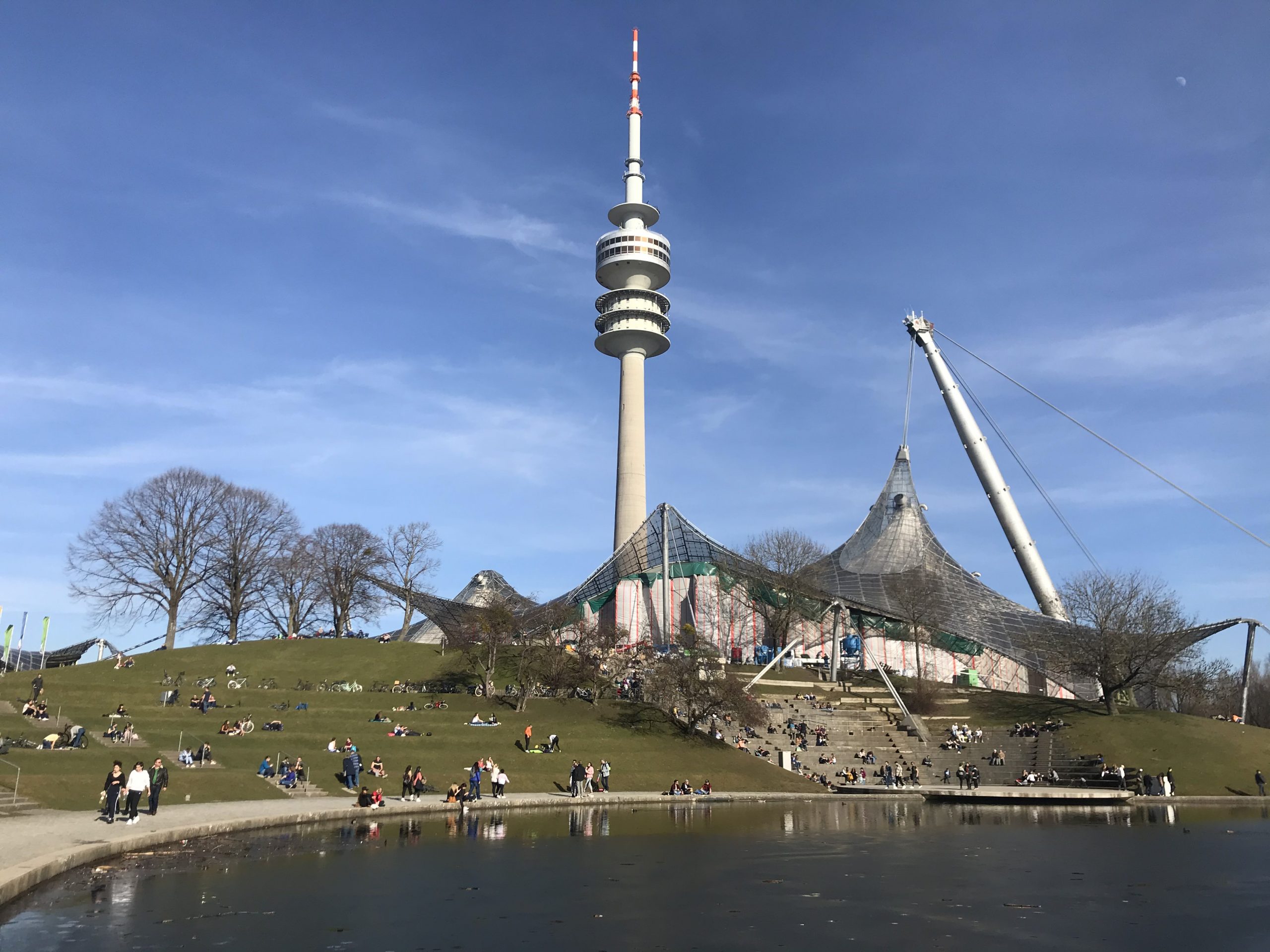













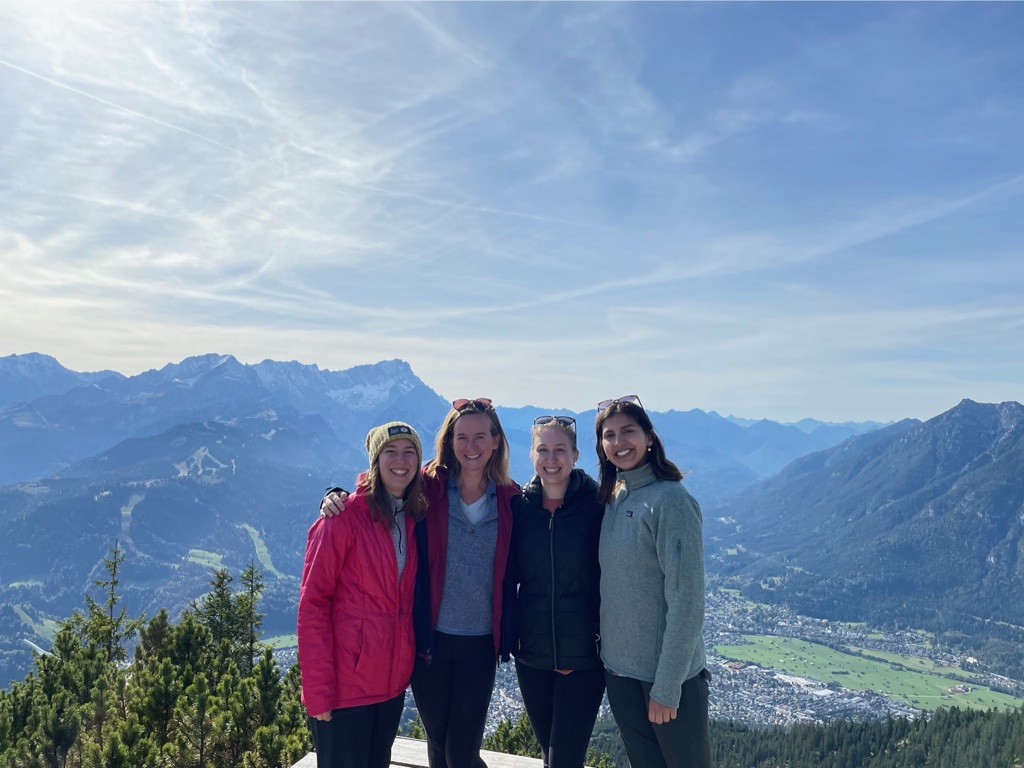
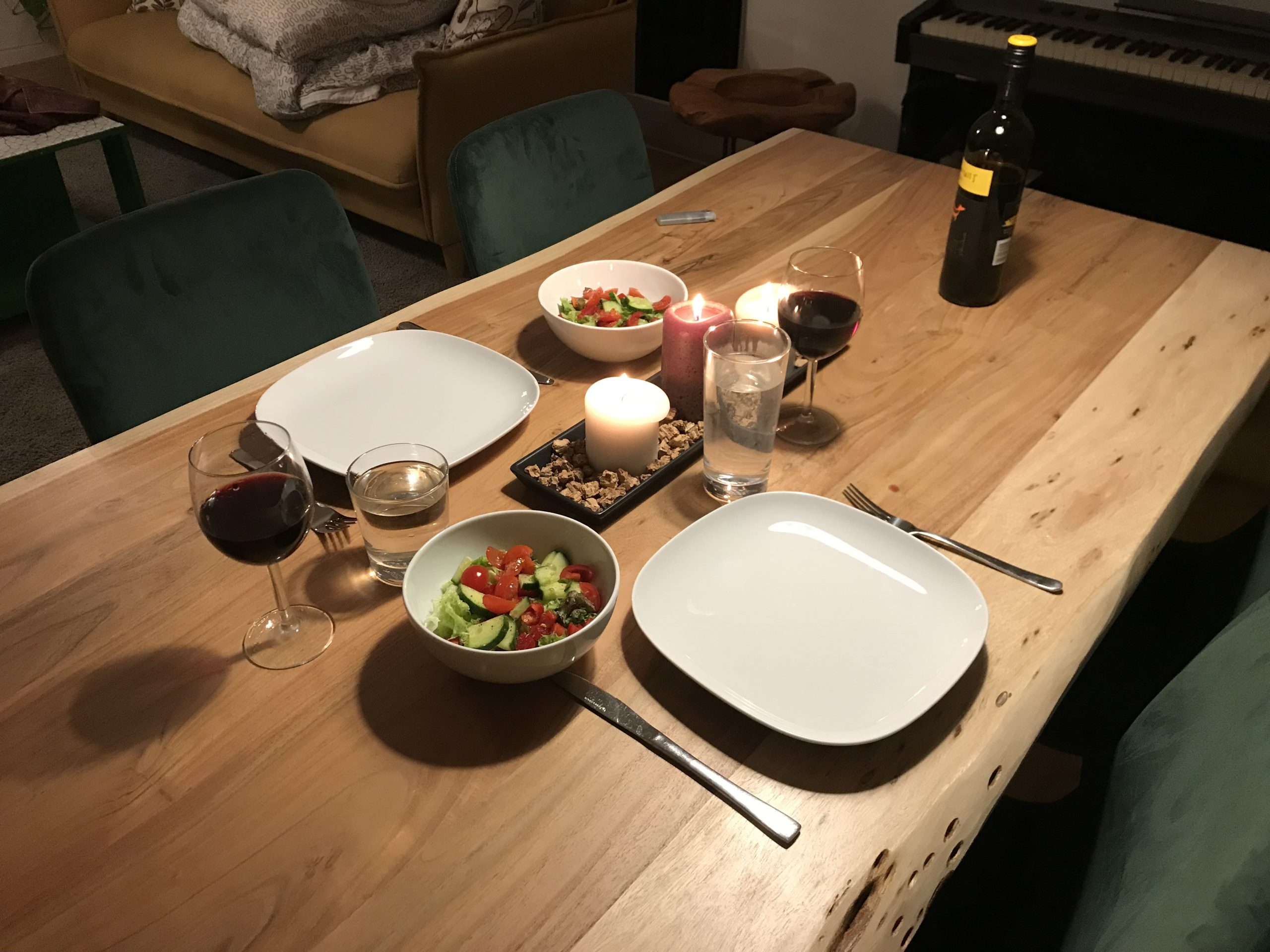
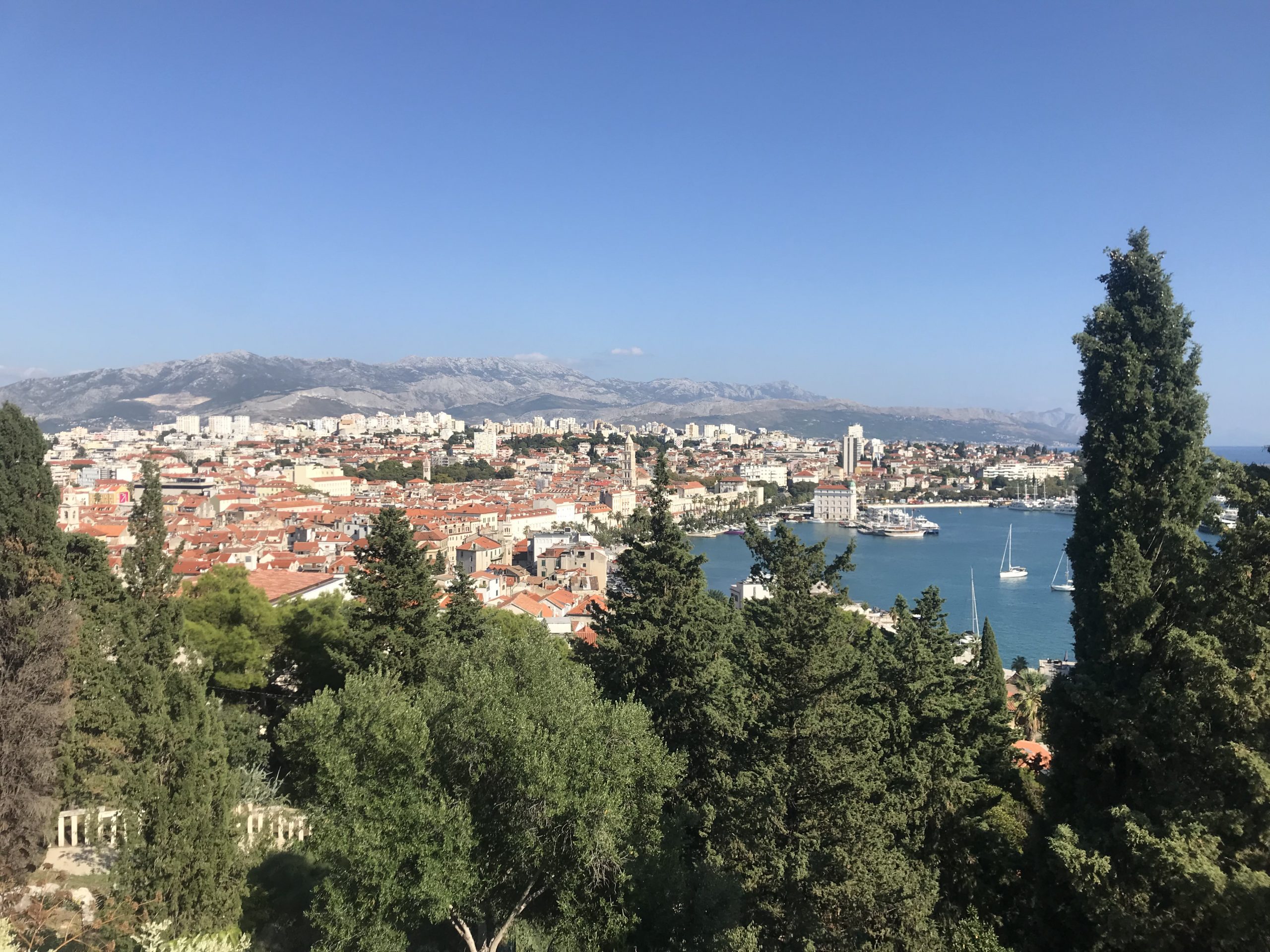

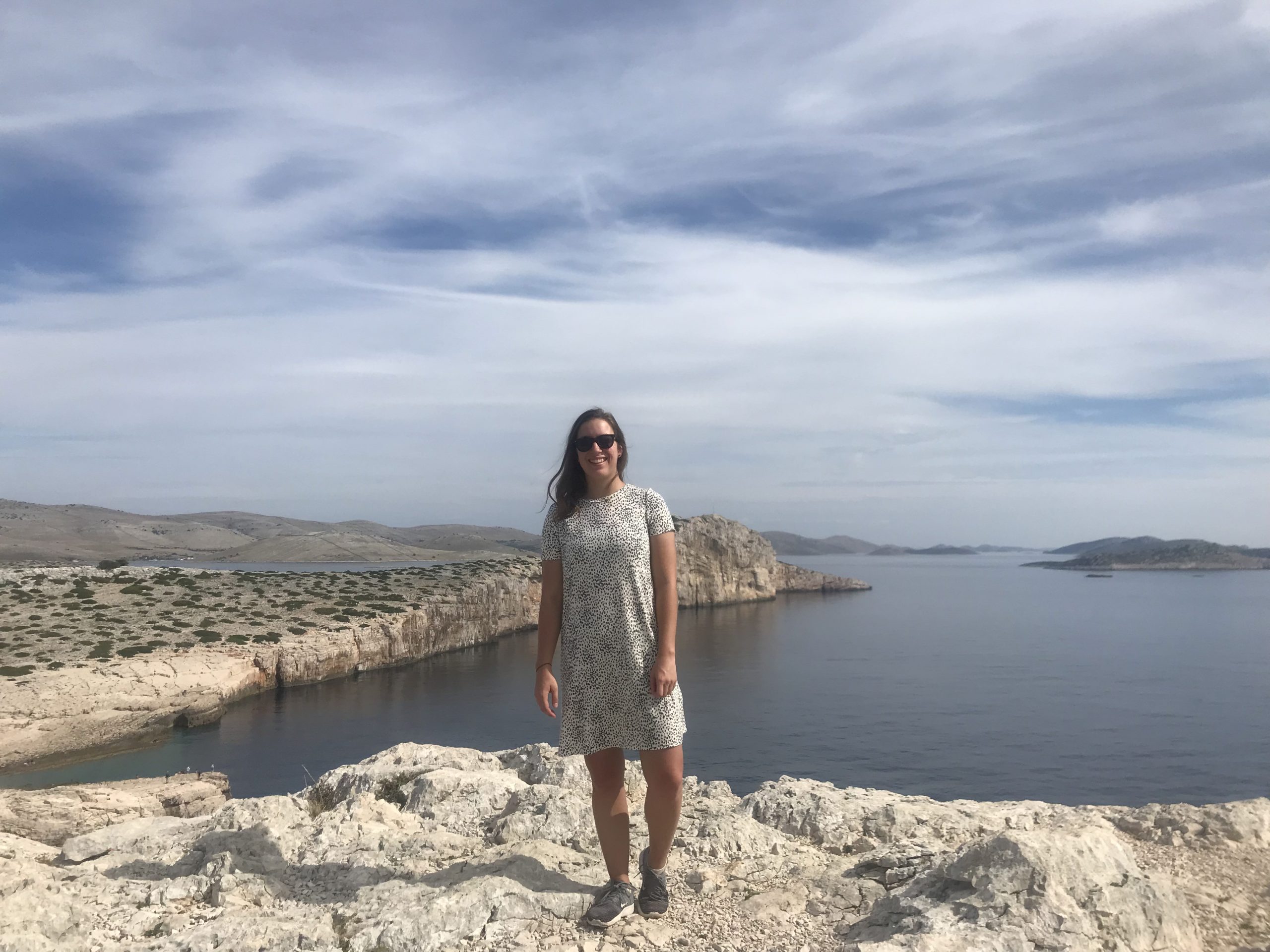
Leave A Comment